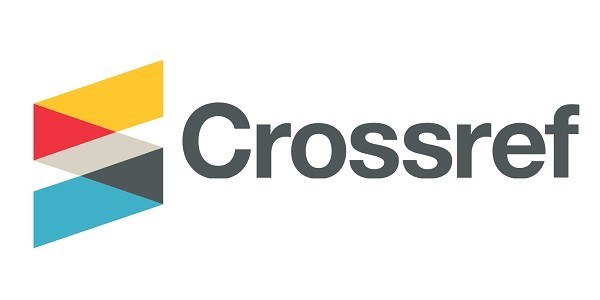Workshop Pembuatan Produk Teh Herbal Daun Kelor Melalui Kkn Tematik Di Desa Mattirowalie Kabupaten Wajo
DOI:
https://doi.org/10.35965/je.v1i2.3898Keywords:
Kata kunci: Moringa leaf, herbal tea, Thematic KKN, WorkshopAbstract
This Thematic KKN was carried out in Mattirowalie Village, Wajo Regency and this is a Real Work Lecture program whose activity program orientation is focused on certain themes in accordance with community problems and the direction of development policies implemented by certain regional governments (Regency/City). KKN is a form of community service carried out by universities together with students to apply various research results and appropriate technology services. Based on observations made by the 55th Thematic KKN team, there were several problems in Mattirowalie Village. The problem is that there are no processed Moringa leaf products that come with attractive packaging. The Mattirowalie KKN plans to make herbal tea products using Moringa leaves considering that many people plant Moringa leaves in their yards. So in our opinion, making this product can help the community in Mattirowalie village in improving MSMEs in Mattirowalie village. We use Moringa leaves as the main ingredient for making herbal tea because we see the many properties that can be used as an internal medicine for healing health and preventing disease. Apart from that, we see the potential for easy to obtain raw materials. Based on these problems, we offer several solutions, including; Workshop on making Moringa leaf herbal tea products, Designing attractive packaging for Moringa leaf herbal tea. The method for implementing this service is to observe the condition of the area and the potential of the village area and secondly is to conduct a workshop on making herbal tea. The results of this activity show that Mattirowalie Village has agricultural potential in the form of Moringa plants and these Moringa plants are processed into herbal tea and then appropriate and attractive packaging is designed. This activity was attended by approximately 20 people from related parties; village heads, village officials and local communities
References
Aminah S, Ramdhan T, Yanis M (2015). Kandungan Nutrisi Dan Sifat Fungsional Tanaman Kelor (Moringa Oleifera). Buletin Pertanian Perkotaan Nomor 5 Volume 2. Balai Pengkajian Teknologi Pertanian Jakarta
Bahriyah I, A Hayati & H. Zayadi. 2015. Studi Etnobotani Tanaman Kelor (Moringa Oleifera) Di Desa Somber Kecamatan Tambelangan Kabupaten Sampang Madura. E-Jurnal Ilmiah BIOSAINTROPIS (BIOSCIENCETROPIC), 1(1):61-67
Direktorat Riset Dan Pengabdian Masyarakata Kemenristekdikti. 2019. Panduan Penelitian Dan Pengabdian Kepada Masyarakat Edisi XII. Jakarta: Kemenristekdikti.
Krisnandi, AD (2015). Kelor Super Nutrisi. Blora: Pusat Informasi Dan Pengembangan Tanaman Kelor Indonesia.
Mendieta-Araica B, Spörndly E, Reyessánchez N, Salmerón-Miranda F, Halling M (2013). Biomass Production And Chemical Composition Of Moringa Oleifera Under Different Planting Densities And Levels Of Nitrogen Fertilization. Agroforest.
Oktafiani R. 2018. Etnobotani Tumbuhan Obat Pada Masyarakat Desa Rahtawu Di Lereng Gunung Muria Kudus. Skripsi. Semarang: Universitas Islam Negeri Walisongo. 128 Ha
Yunus, Ahmad Yauri. (2023). Peranan Mahasiswa (KKN-T) Teknik Sipil Non Reguler Angkatan 53 Dalam Pelayanan Di Bidang Pembangunan Infrastruktur Lokasi Makassar. EMPOWERMENT: Jurnal Pengabdian Kepada Masyarakat, 1(1), 65-72.
Downloads
Published
Issue
Section
License
Copyright (c) 2024 EMPOWERMENT: Jurnal Pengabdian Kepada Masyarakat

This work is licensed under a Creative Commons Attribution 4.0 International License.











